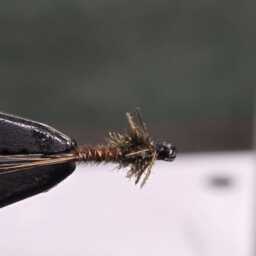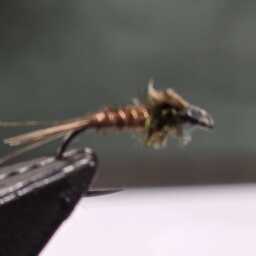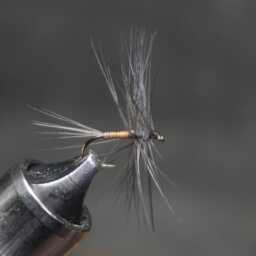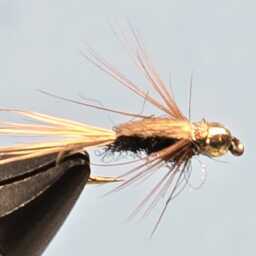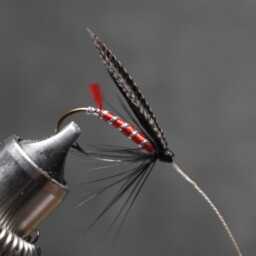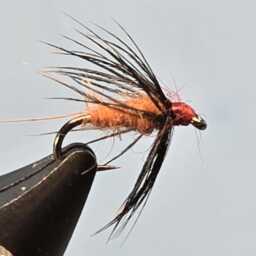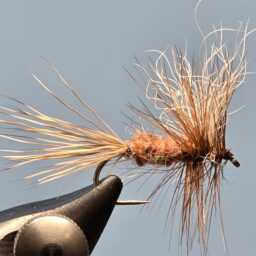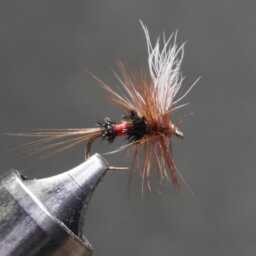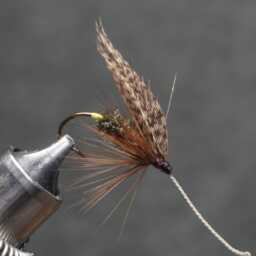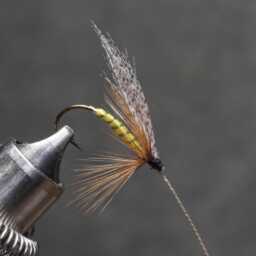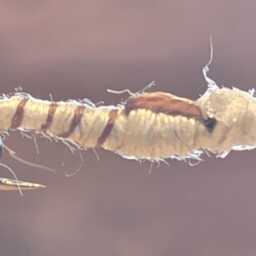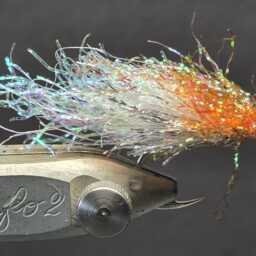Not widely used in fly tying
The African harrier-hawk, also known as the harrier hawk or gymnogene (Polyboroides typus), is a medium-sized bird of prey found in most of Africa south of the Sahara. Measuring around 60–66 centimeters in length, it has pale grey upperparts, head, and breast, with a white belly featuring fine dark barring. The broad wings are pale grey with a black trailing edge, bordered by a narrow white line. The tail is black with a single broad white band. Notably, the bird has double-jointed ankles, a unique trait enabling it to reach into otherwise inaccessible holes and cracks for prey.
Breeding in various regions from eastern Sudan to Cape Province, it shares its genus with the Madagascar harrier-hawk (Polyboroides radiatus). Both sexes are similar in appearance, and young birds differ in coloration. The Gymnogene is also recognized by a bare facial patch, typically red or yellow.
In the context of fly tying, the soft, filamentous feathers from the bird’s breast and flank regions were historically used for hackle. Kelson (1895) notes that these feathers were employed in fly tying, offering a black and white barred hackle comparable to those from the Banded Gymnogene. The bird’s barred feathers could substitute for Gallina (Common Guineafowl) or other black and white hackle materials.
« Back to Glossary Index
